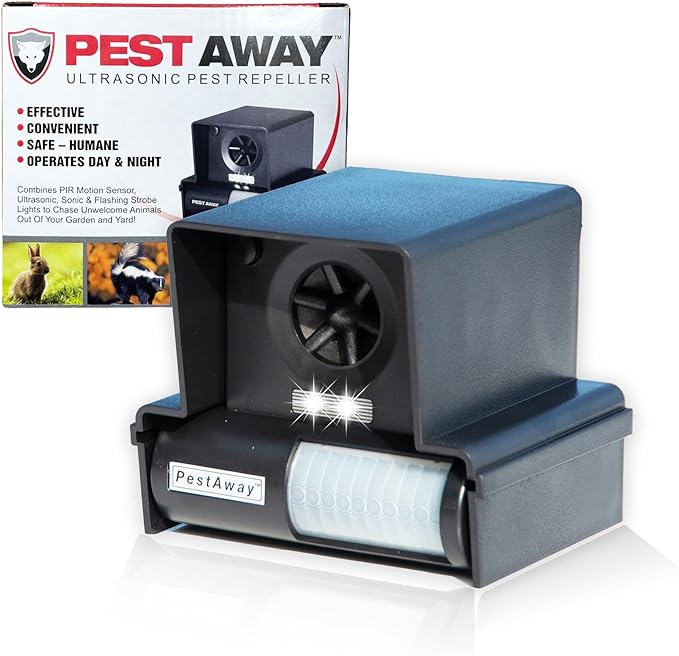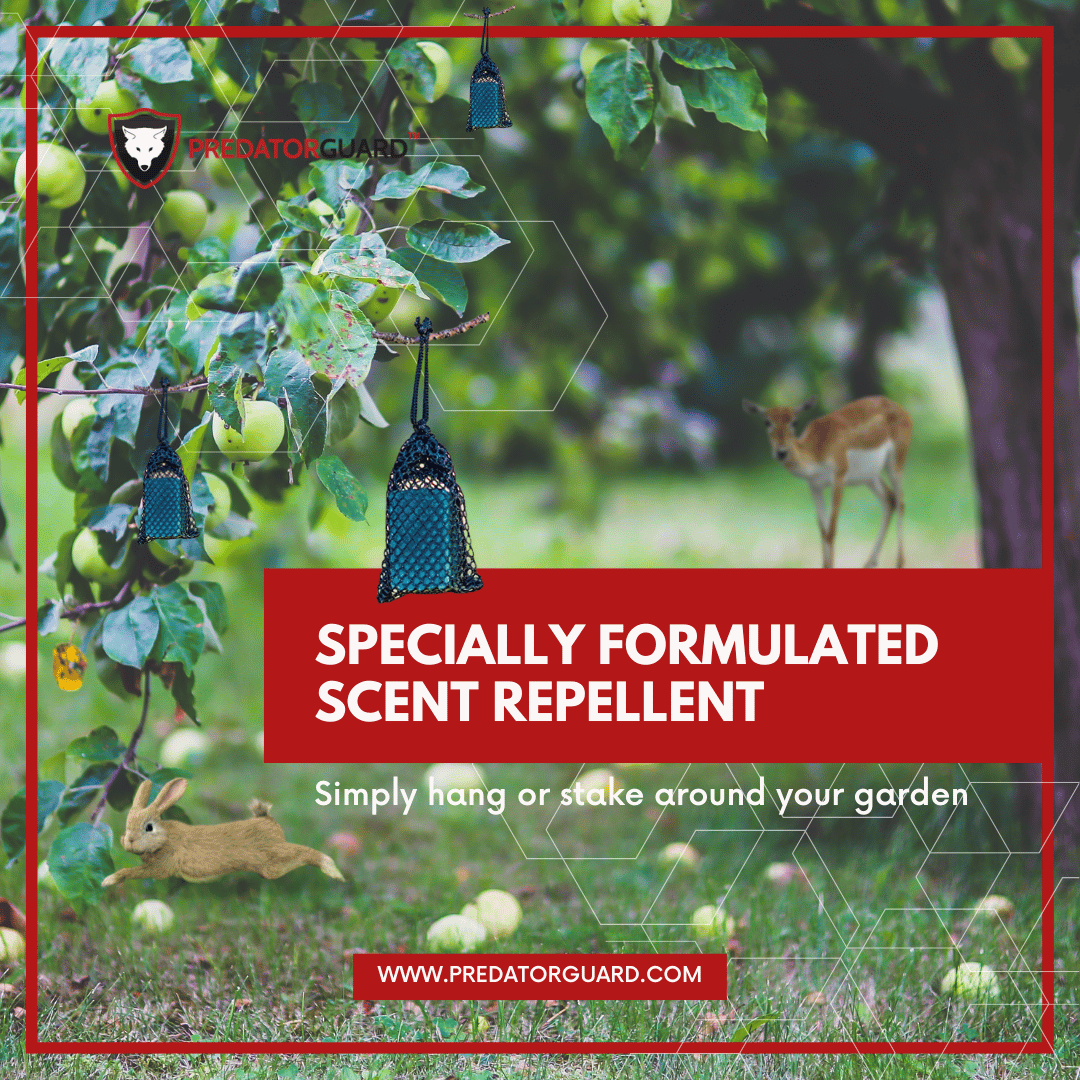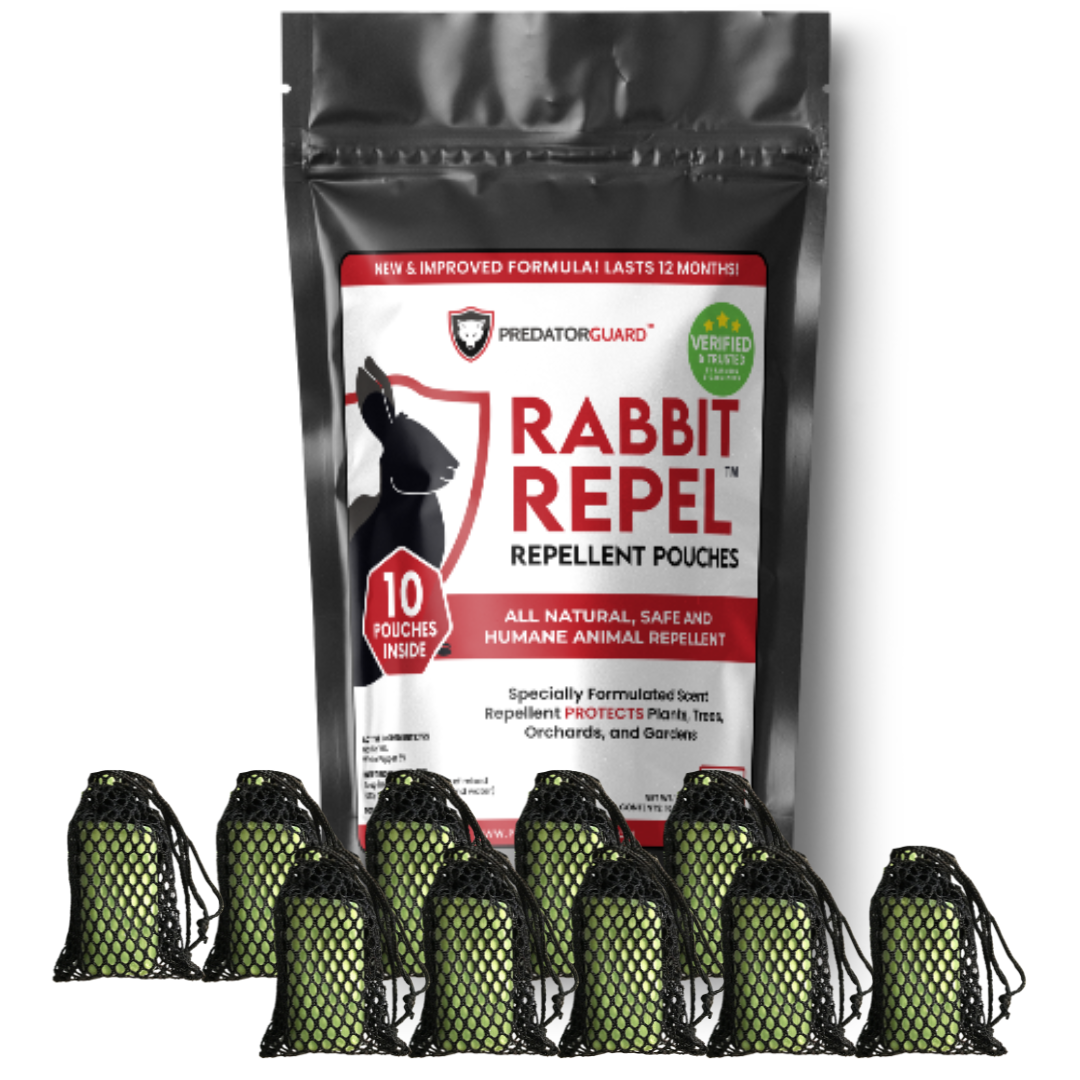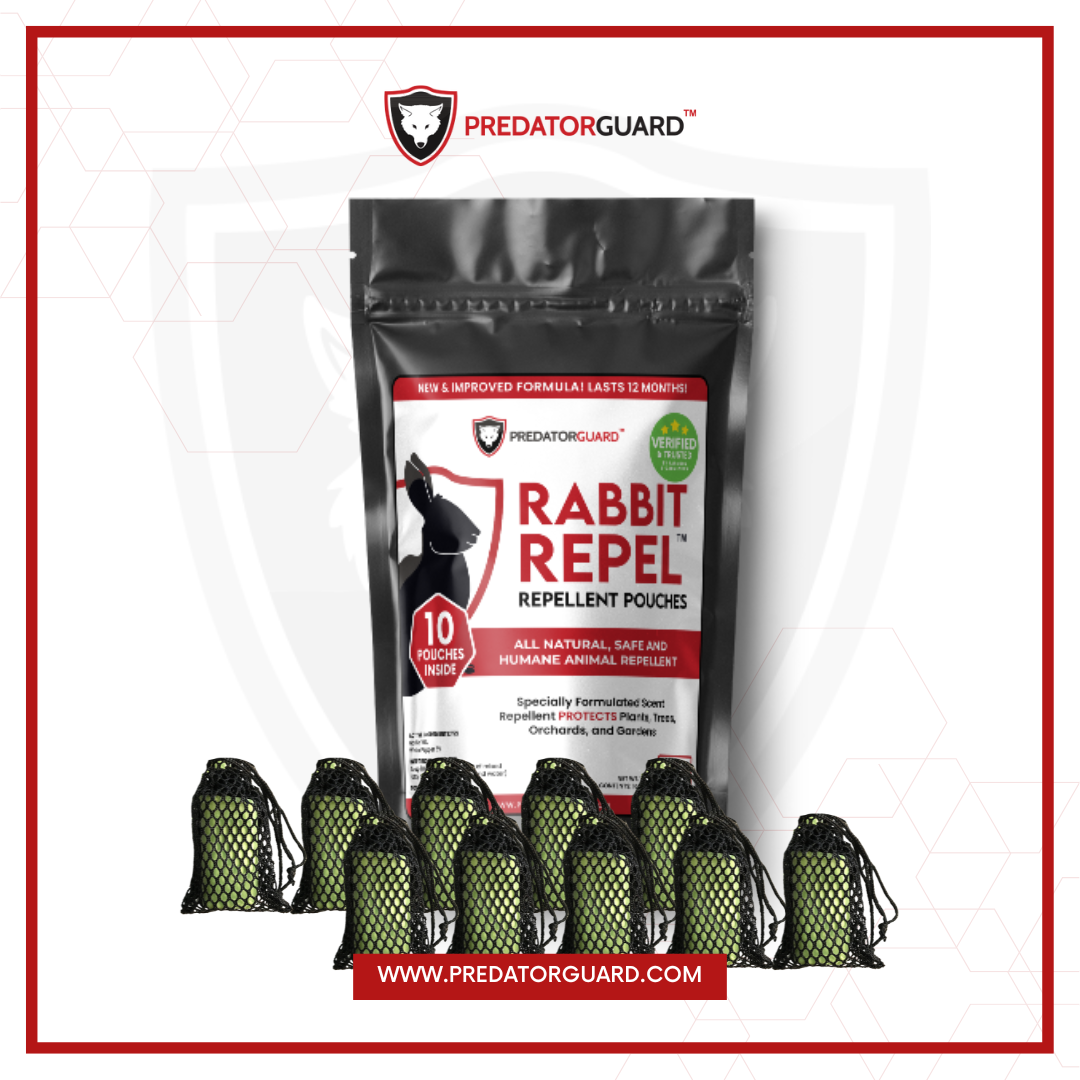
Rabbits
As adorable as rabbits may be, the damage they can do to your flowers and vegetables is anything but cute.
Predator Advice
How To Get Rid of Rabbits
If you’re tired of having your garden and landscape destroyed, there are ways to get rid rabbits in your yard that won’t harm your plants or wildlife.
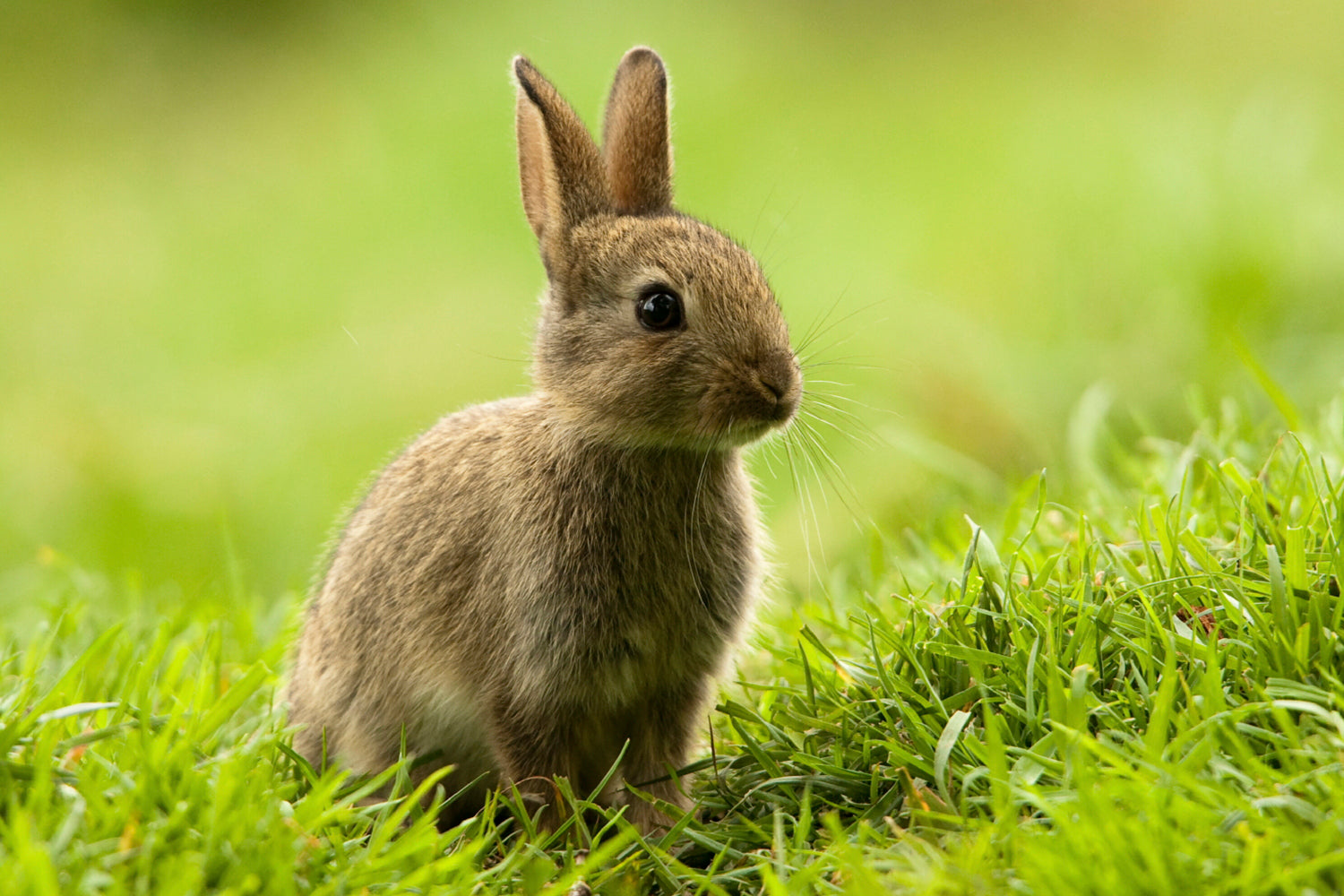
KNOW MORE
Reduce the Rabbit Attraction Factor
Rabbits are attracted to places that offer food, water and safe hiding spots. Creating a less rabbit-friendly garden reduces the likelihood these creatures will make their home in your yard.
Begin by removing possible rabbit hiding places. Mow any tall grass and remove brush or debris such as fallen branches and piles of leaves. Trim the lower branches of shrubs so rabbits can’t hide behind them.
Guides & FAQs
To protect young trees from rabbits, shield them with tree guards, also known as tree shelters or spiral shelters. These spiral tubes of mesh are easy to set up and won’t impair your trees’ growth.
If you have full-grown trees or a vegetable patch that’s attracting rabbits, a chicken wire fence is often enough to keep the animals out. To build one, you’ll need 6-foot posts and chicken wire with a mesh of 1 inch or finer and a height of 40 to 48 inches. Set the posts no farther than 6 feet apart and drive them at least 18 inches into the ground.
The bottom end of the chicken wire should be buried to prevent rabbits from digging under the fence. Create a trench 4 or 5 inches deep sloping outwards away from the fence posts. Lay the bottom end of the chicken wire in this trench and pull it out so the end is around 1 foot away from the fence. Fill the trench with soil to cover the wire. Finally, attach the chicken wire to the fence posts.
If fencing doesn’t appeal to you, there are less visible ways to get rid of rabbits and stop them from munching on your trees, flowers, and vegetables.
Rabbits are herbivores. As the scent of blood signals danger to rabbits, blood meal fertilizer makes an effective rabbit repellent. Simply sprinkle the blood meal on the surface of the soil anywhere you’ve seen rabbits. This will also add nitrogen to the soil which is beneficial to plants.
Scented rabbit repellent products are also an option. These are available in a liquid form (see Expel Natural Animal Repellent) designed to be sprayed onto trees and plants, and a granular form designed to be sprinkled on the soil surface. These products produce the scent of blood, or other odors that repels rabbits. Some products work up to 30 days, and need to be reapplied after rain.
Other scents that indicate the presence of a predator also scare away rabbits. Coyote and fox urine, and ammonia are all options. Many gardeners use strongly scented deodorant soap and place it inside a sock or stocking around the perimeter of garden beds.
Placing decoy owls around your property can also help scare off rabbits. Ultrasonic animal repellent devices are another option. These drive rabbits away with high-pitched sounds the animals find irritating, but that’s inaudible to you. These devices are also great for repelling pest animals like stray cats.
Cayenne Pepper flakes sprinkled around a garden will cause a hot taste sensation and make rabbits seek out other areas to feed
If you’re dealing with just a couple of rabbits who’ve made their home in your yard, you can employ live traps to capture them and move them elsewhere. Live traps are readily available at home and garden centers. They allow you to capture one rabbit at a time so you can relocate it. Simply bait the trap with carrots or apples, monitor it closely, then release the trapped rabbit as soon as possible
Check with your local department of wildlife to make sure trapping and releasing wildlife is legal in your area. If it is, Study up on any related regulations, such as where the rabbits can be released.
Recommended Products
Our Top Picks
Blog posts
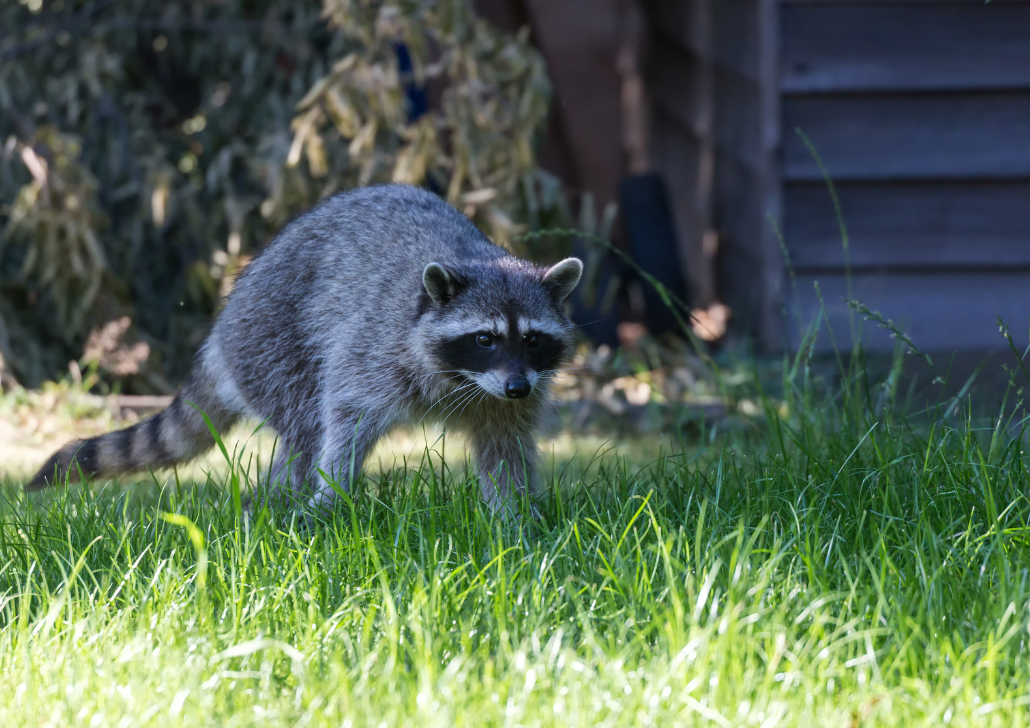
Raccoon Prevention 101: How to Keep Raccoons Away From Your Property
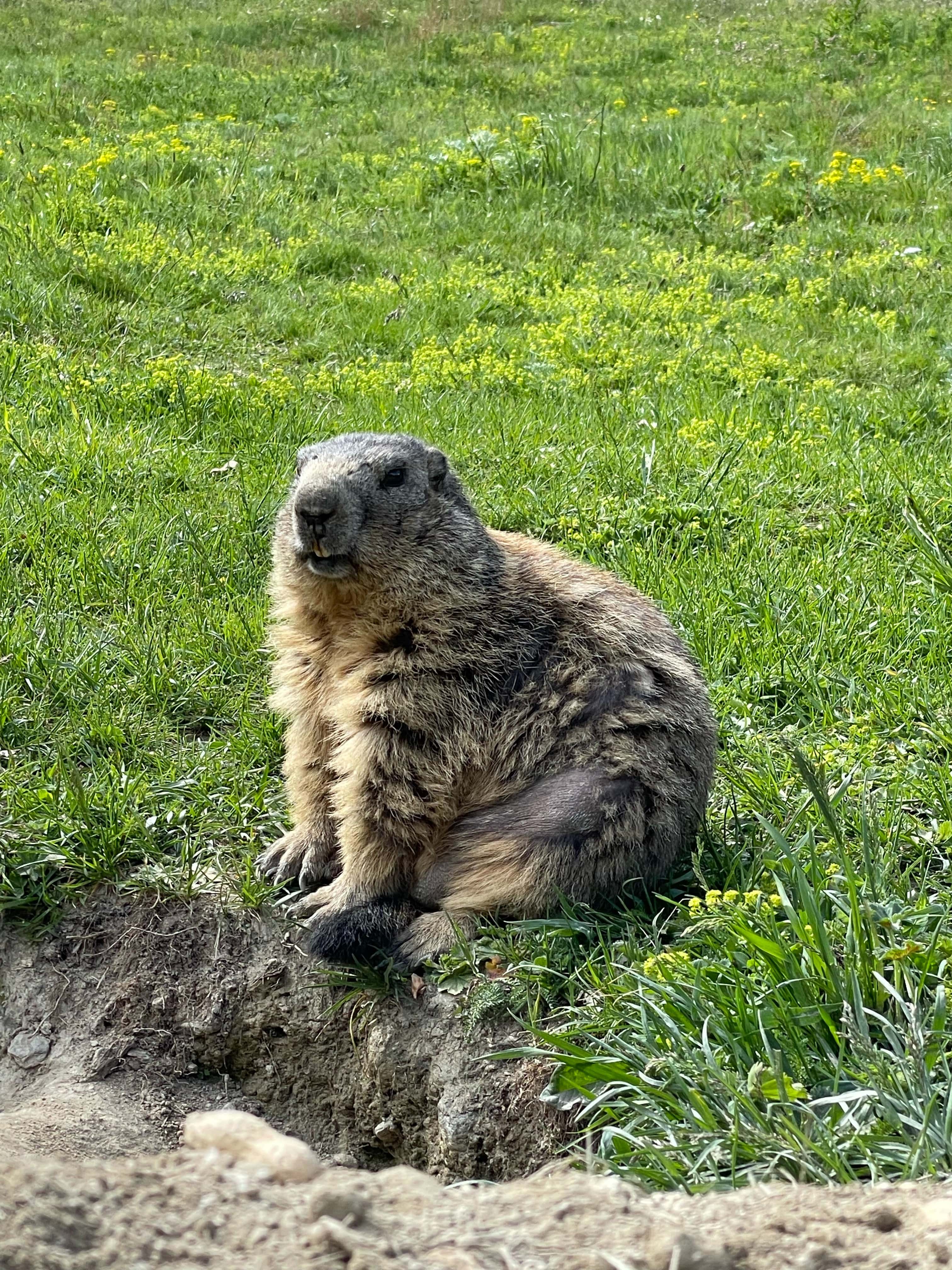
How to Get Rid of Groundhogs
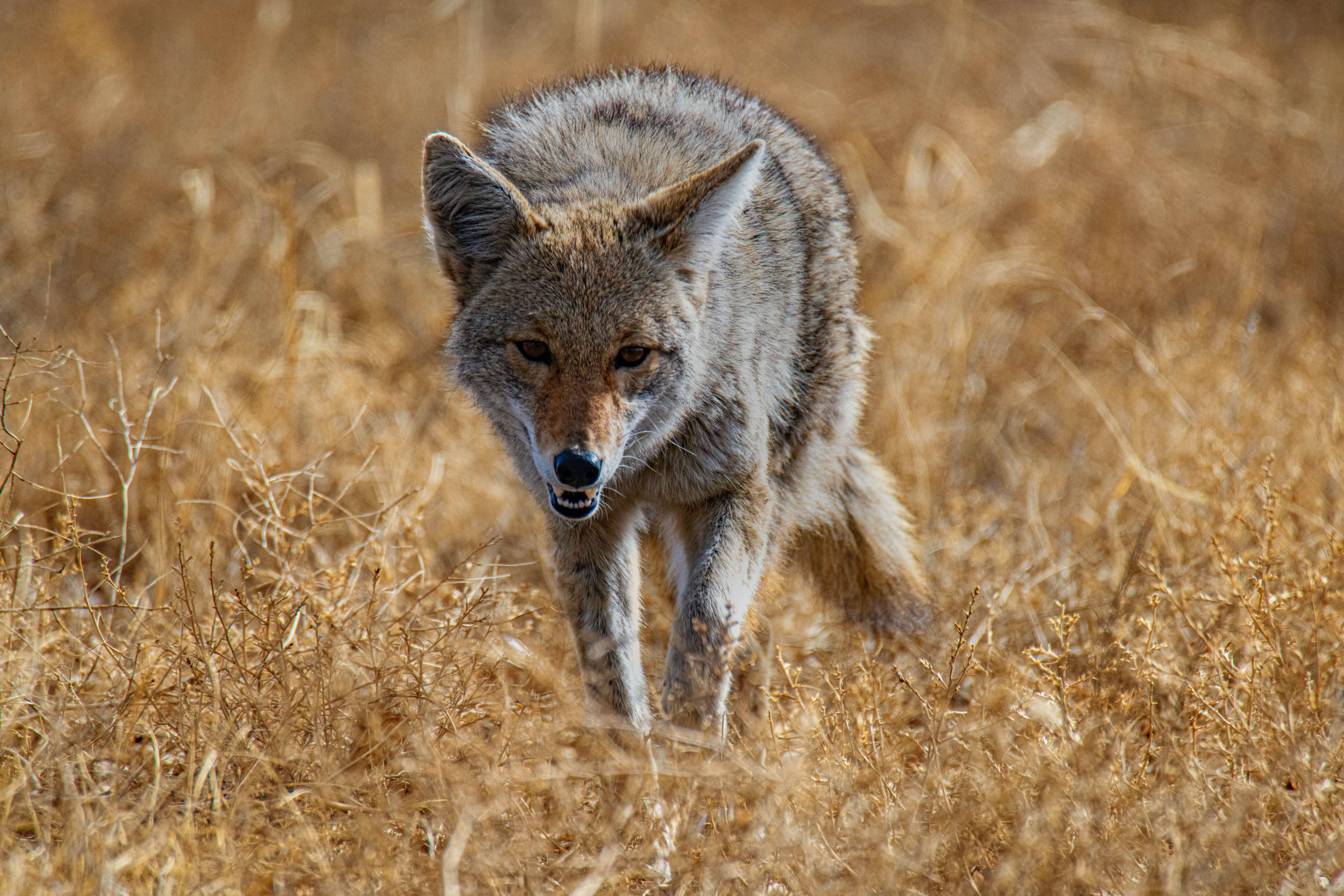
Are Coyotes Dangerous?
Contact us
Call Us:
800-537-4182
E-Mail Us:
support@predatorguard.com


